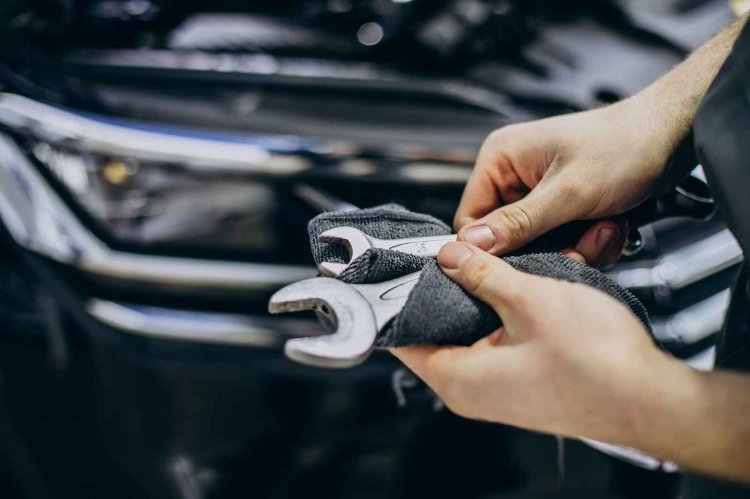The Hyundai catalytic converter is a crucial component of any modern car, as it helps preserve the environment by preventing harmful emissions from entering it. In this way, modern manufacturers strive to protect the planet's ecology, and Hyundai is no exception. However, despite its numerous advantages, this part can bring a car owner various issues.
Andrey Levashenko, a business owner at AutoCatalystMarket, which helps find buyers for used catalytic converters, shared his insights on the topic of the article. Let's discuss this further below.
Features of the Hyundai catalytic converter
This component is located in the exhaust system near the exhaust manifold. It receives the hot exhaust gases, cools them down, and cleans them from harmful substances.
Its operation principle is based solely on chemical reactions, with harmful nitrogen oxides neutralized. The main element of the catalytic converter is a metallic or ceramic block divided into cells. Precious metals, such as platinum, iridium, rhodium, and palladium, are coated on their walls.
When harmful compounds reach the chemically-active surfaces, they are instantly eliminated, and harmless exhausts are released through the exhaust pipe. Palladium and platinum serve as oxidizers, capable of accelerating the combustion of hydrocarbons. The primary active element has an additional layer of heat insulation.
The emission control device neutralizes harmful compounds, thereby improving the engine's performance. Special sensors are connected to the car's system to optimize the fuel-air mixture as efficiently as possible.
Signs of catalytic converter malfunction
Metallic variants of Hyundai emission control devices can last for quite a long time. However, there are cases when this part becomes unsuitable for use. These cases are individual and depend on the extent of the car's wear and tear, low-quality gasoline, or issues with the ignition system. If it breaks down, it affects the engine's performance.
Signs that indicate the need for catalytic converter repair:
- Decreased engine performance;
- Reduced exhaust gas pressure;
- Knocking sound under the car.
Reduced engine power is the most common outcome of a faulty emission control device. The Hyundai loses acceleration and operates unstably. It may overheat since the part's reduced throughput causes the cells to gradually deteriorate.
Consequently, they obstruct the gas flow. Initially, the Hyundai may accelerate at a slower speed, but over time, it may stall. Additionally, fuel consumption will increase, and there may be an unpleasant odor when trying to start the car.
Why does the Hyundai catalytic converter malfunction?
It doesn't happen suddenly; there are usually underlying causes. When all systems are functioning correctly, the emission control device can last a long time. In the event of melting or crumbling of the part, a comprehensive car diagnostic is required.
Most likely, the first step will be to repair the fuel supply and ignition systems. Typically, the catalytic converter breaks down if there are issues with these systems.
If Hyundai's ignition system is not working correctly, toxic substances won't burn but will enter the exhaust system. In this case, the emission control device's holt elements will burn excessive amounts of hydrocarbons, leading to high temperatures in the cells.
This can occur due to faulty spark plugs or malfunctioning injectors, causing fuel to overflow. Before installing a new catalytic converter, it is recommended to check the car's condition and identify the cause of the previously installed device's malfunction.













